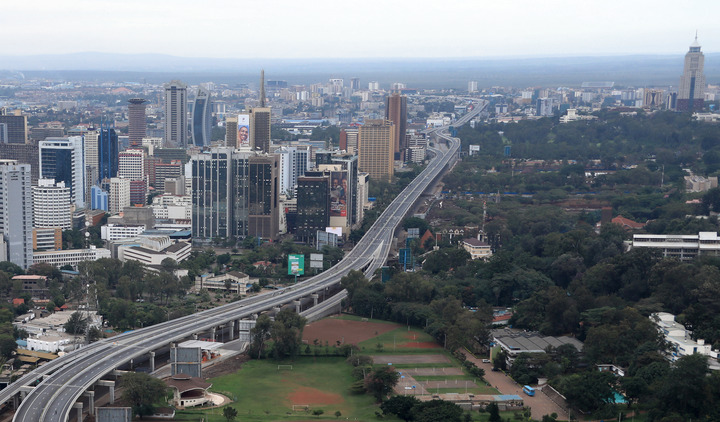"Trade has probably been the biggest engine in reality for China's deeper engagement in the Belt and Road Initiative (BRI) but also globally over the last 10, 20 and 30 years," Jeremy Stevens, a Standard Bank Group Asia economist, told CGTN's Shen Shiwei at the Round-table on Two Sessions.
03:05

The BRI has to be and is much more important than just loans, Stevens said, emphasizing that a quick and significant growth in bilateral trade and robust bidirectional commercial opportunities will be more focused.
"It paved the way for many thousands of Chinese businesses to set up operations in almost all sectors across the BRI," he said. "First led by probably the SOEs (state-owned enterprises), and that was at least the case in the African context."
Stevens further noted that "predictably over the last decade, increasingly, it's been the private, smaller companies that have responded to these economic incentives more swiftly."
He said the private companies have become one of the "driving force in China's global participation, reshaping global trade and investment courses, sort of getting involved in greenfield and brownfield investments."
"If you were to go back to 2013, walk around those countries and then fast forward to now, and you walk around those countries in the big cities, you're gonna see Chinese presence in all of those markets growing exponentially," Stevens said. "Many African cities are totally unrecognizable to what they were just five or six or seven years ago, largely that's the result of greater Chinese trade, Chinese loans, Chinese investment."
Using Kenya as an example, Stevens shared from a conversation he had with his boss about plans to visit the country next week and how the transport infrastructure has changed significantly since his last visit. He said he had a stopover and asked his boss whether there was an airport hotel because he was worried about the traffic on a specific road in the morning ahead of his flight out of Kenya.
"One of the reasons is that and I don't wanna go on that road that takes you to the hotels into town since it takes an hour or two," he explained. "My boss said that, first of all, that road doesn't exist anymore because our Chinese client has actually refurbished that road and what used to take two hours to get into Nairobi, now takes 20 minutes."

The Nairobi Expressway ahead of the Nairobi City Marathon in Nairobi, Kenya, May 8, 2022. /Xinhua
The Nairobi Expressway ahead of the Nairobi City Marathon in Nairobi, Kenya, May 8, 2022. /Xinhua
Built by Chinese companies under the public-private partnership (PPP) model, the Nairobi Expressway is a Class A highway with a four-lane dual carriageway that extends to six lanes in some sections. Meanwhile, the thoroughfare has 15 entrances and 14 exits to guarantee motorists a seamless movement to various destinations.
The expressway has cut the traveling time between Nairobi's Westlands district and the Jomo Kenyatta International Airport, Kenya's main airport, from two hours to twenty minutes, providing welcome relief to motorists including tourists and entrepreneurs.
"All of these cities are becoming much more productive and very different to what they were just a decade ago, and that's largely on the back of these kinds of partnerships. So, the BRI is much more than a loan, much more," said Stevens.